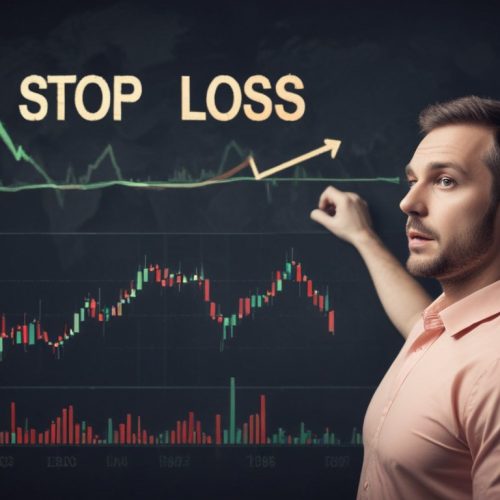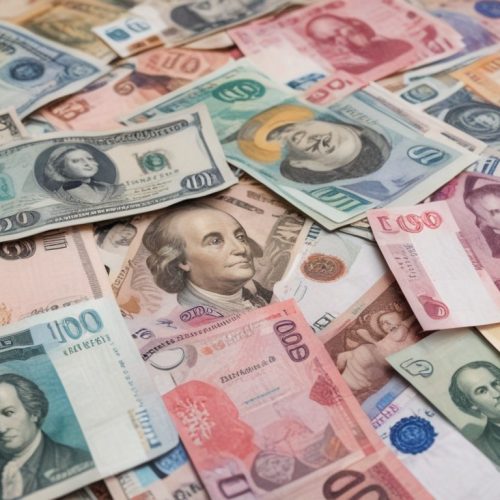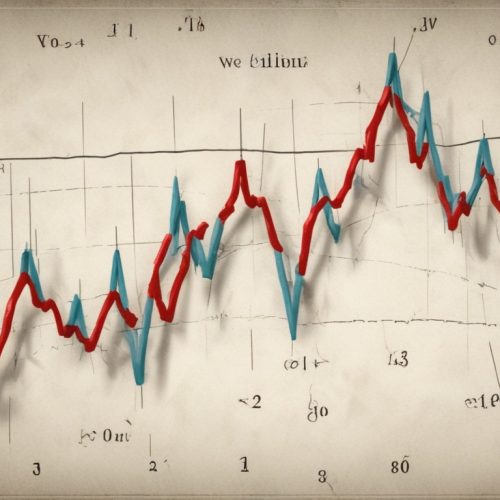Pattern Day Trader
Pattern day traders – is a special caste and a regulated category of investors who buy large quantities of stock on margin. A regular day trader is characterized by large and frequent intraday investments, as well as risky strategies that capitalize on price changes inside one day.
A pattern day trader uses the very same strategies, yet buys on margin. The key different is frequency – a day trader must commit 4 or more day trades in a short span of 5 business days to be branded a PDT by a broker. If this happens, a PDT is given special conditions and restrictions on trade.
The conditions aren’t too strict. They correlate with the trade style that PDT has already led before, and their purpose is to keep pattern day trader from losing too much funds. It can be detrimental both for them and for the broker that provided the margin account.
What is pattern day trading exactly?
Pattern day traders are still day traders in their core, though they trade on margin and have a unique relationship with the broker. Buy what does it all mean, and what’s the essential difference?
Well, day trading (or intraday trading, as it’s also known) implies frequent short-term investments. The long-term position can stay open for a long time: days, weeks, even months. With intraday trading, however, the position is opened and closed in the same business day which usually lasts from 9 am to 4 pm. The next day the cycle continues.
News trading
Day traders utilize special strategies for their trade-style. They are usually very keen on latest news and events in the financial world. Anything that can bring price changes to the market is great news. Such approach is called ‘trading the news’ and is common amongst the intraday trading community.
Gaps
Gap manipulation is another common practice amongst day traders. Gap is an unnatural distance between the closing price of previous day and the opening price of the current day. They can occur for different reasons, but are very often corrected, or filled, by the active traders.
Knowing that the gap will be filled until the closing bell, day traders open the position opposite to the gap. If the gap is negative, then long position is opened, and vice versa. This practice is known as gap fading.
Speculative trading
Speculative trading is bread and butter of any trader, but the day traders take them to another level. Speculative strategies are strategies that benefit from potential price alteration. In this instance, both long positions (aimed at growth) and short positions (aimed at fall) are always short-term.
This is also why they are made with large investments. Even if the price of stock went up by a dollar, the profits from such investments will be enormous.
The risks of day trading
Almost everything said about the day trading can also be applies to pattern day trading, except the tools and some practices. That’s exactly why PDTs are given special restrictions by the brokers. Intraday practices are risky by themselves, but pattern intraday approach is even more insecure.
Some risks of doing intraday business are obvious, but here’s the list of cons:
The potential for high losses, especially with marginal trading Tight time frames for business Large fees on frequent trades Of course, the perks often seem greater than risks, especially since day trades can bring large sums of cash in a very short period of time.
But remember the first point, because day traders don’t utilize buying on margin nearly as much as PDTs.
What’s unique about PDTs?
PDTs embrace the concept of day trades, albeit with certain deviations. As mentioned, PD traders need to conduct 4 or more day trades over the course of 5 business days in order to be acknowledges as PDT. Once they are, certain limitations will be put in order to decrease the risks.
PDTs may do the same amount of day deals as fellow DTs, but they compromise their funds with a lot more fervor – they trade the enormous amounts of money on margin. The margin – is a loan borrowed from a broker for trade conducting. They can fund 100% or 50% of the investment based on the jurisdiction.
This is the sole reason why the stakes are so high in pattern day trading. That’s also the reason why FINRA, a non-governmental financial institution in the United States, has put forth a set of regulations for high-stake traders that are PDTs.






